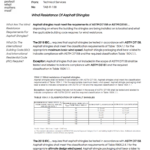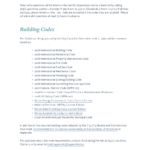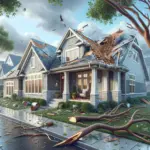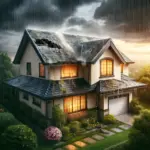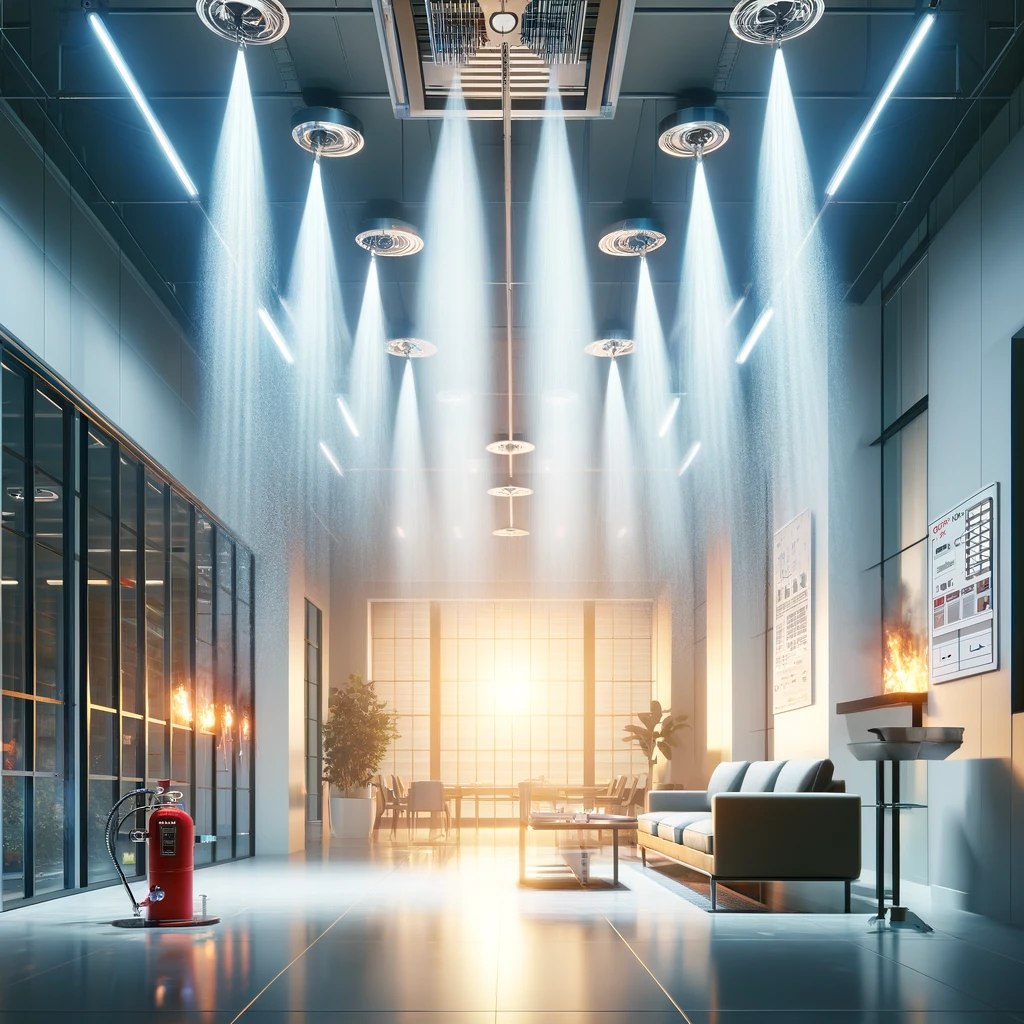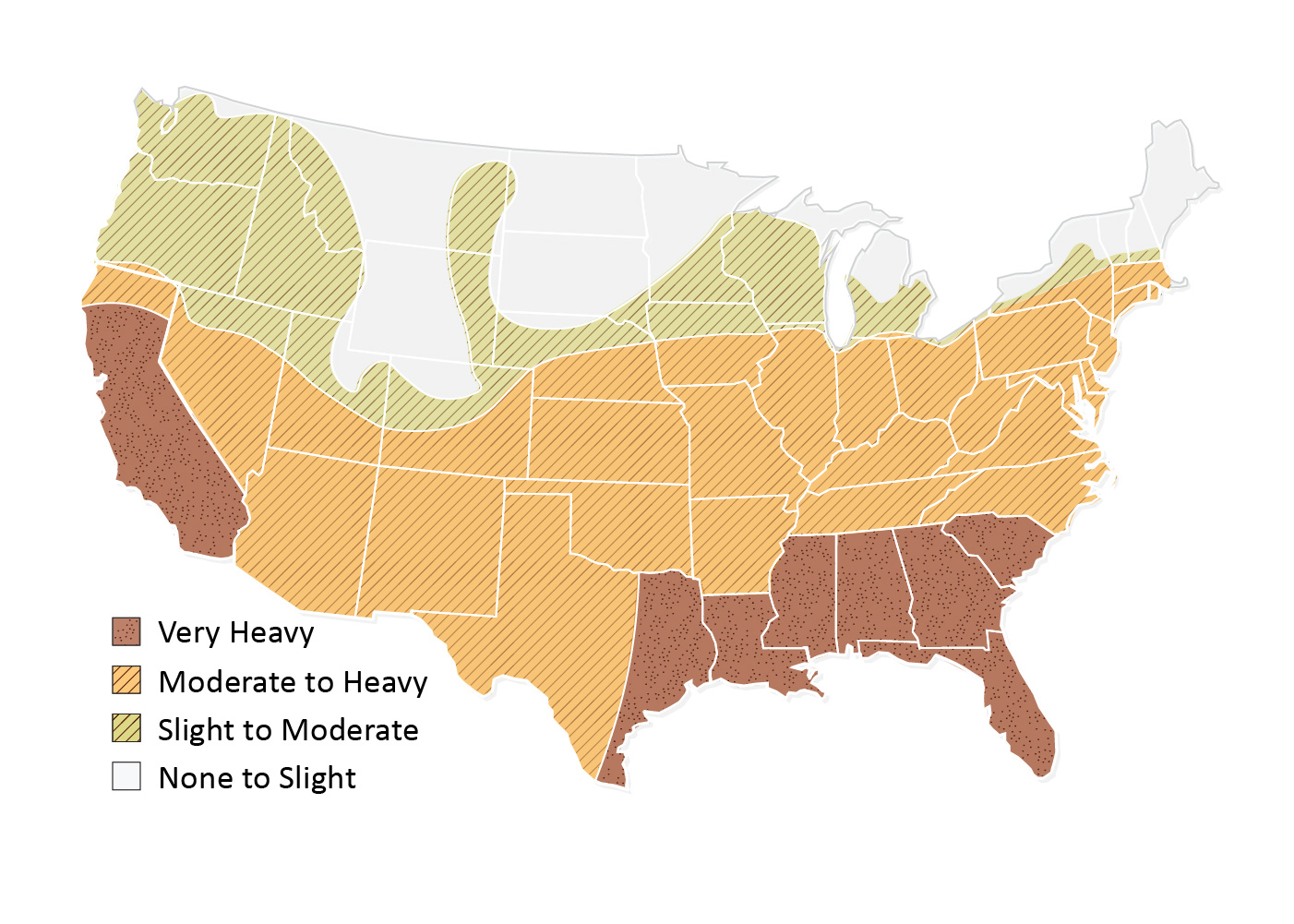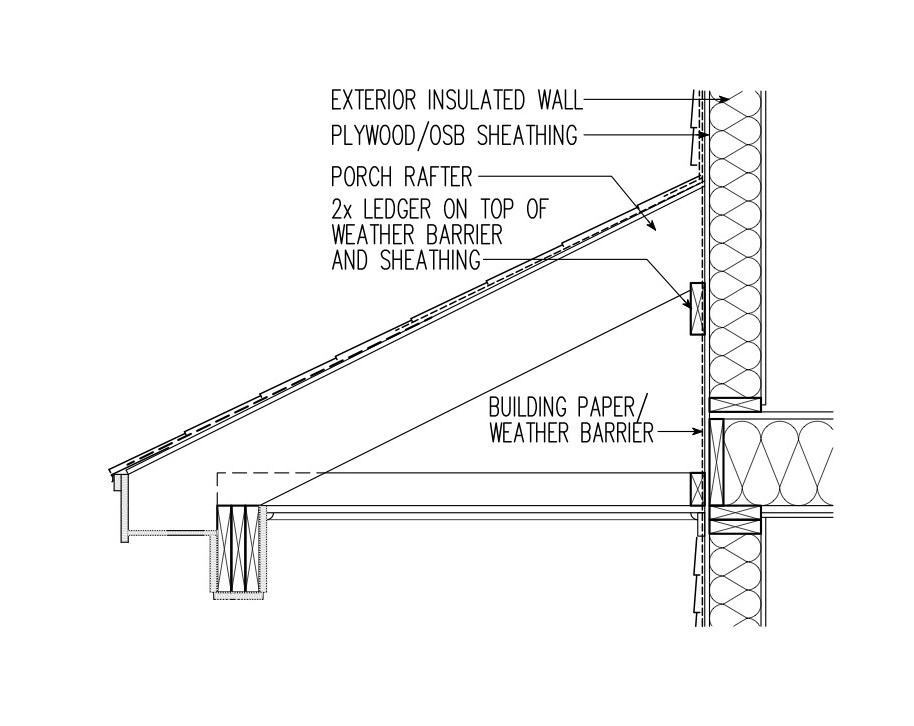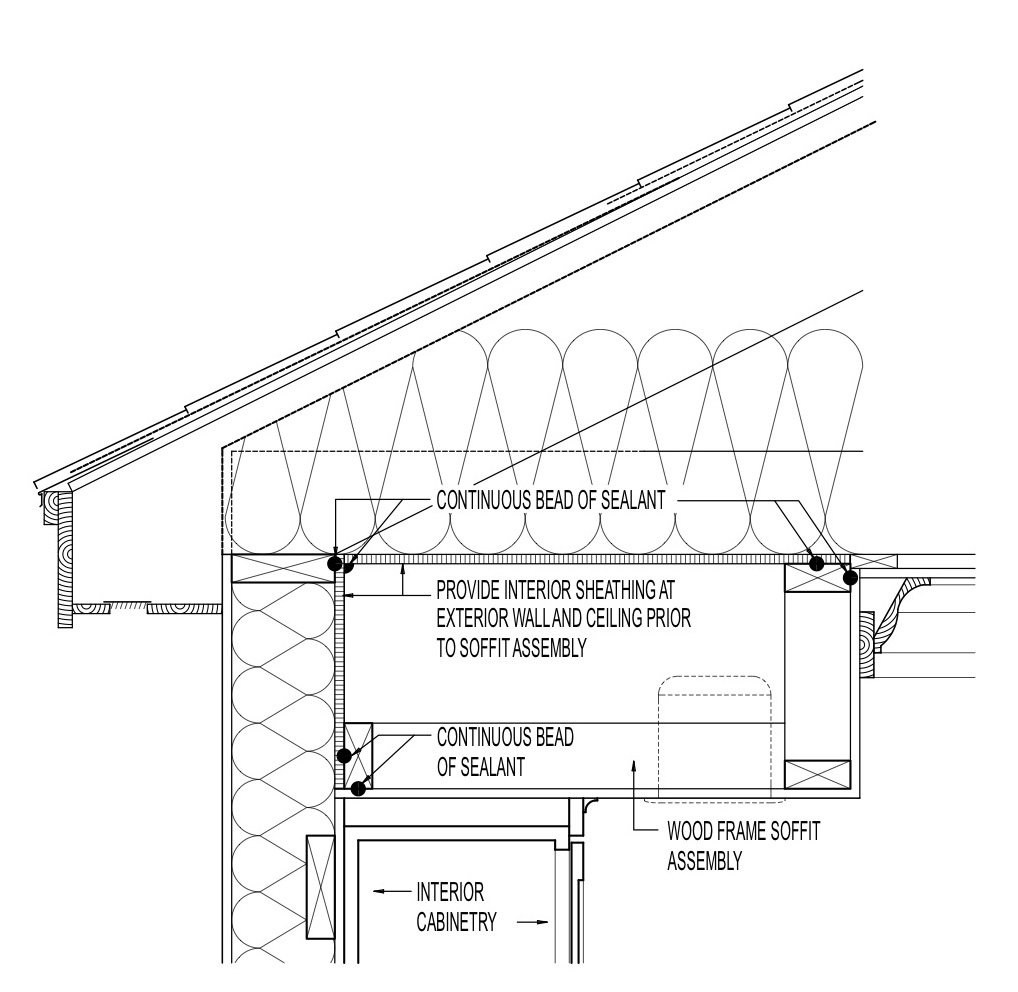Welcome to our latest blog post, where we delve into the critical process of retrofitting existing homes with fire suppression sprinkler systems. In today’s ever-evolving world of building codes and safety standards, retrofitting older properties with modern fire safety measures has become a priority for many homeowners. With the potential to enhance both safety and property value, retrofitting fire sprinklers is a topic worth exploring. Join us as we discuss the scope of retrofitting projects, navigate code requirements, and provide actionable insights for homeowners considering this vital upgrade. Discover how retrofitting can transform your home into a safer, more resilient space.
- Scope
- Install indoor fire sprinklers to improve protection against injury and loss of life during a fire.
- Design and install a multipurpose plumbing system or a stand-alone fire sprinkler system to suppress fires within the home.
- Ensure proper installation according to NFPA 13D guidelines for sprinkler coverage, spacing, and piping materials.
- Description
- Indoor sprinklers for fire protection are automated extinguishing systems crucial for life safety.
- NFPA reports indicate significant reductions in civilian and firefighter injuries and property damage with the presence of indoor sprinklers.
- In wildfire-prone areas, indoor sprinklers can contain interior fires until firefighters arrive, enhancing home survivability.
Fire suppression sprinklers can be set to activate only in the room where a fire is sensed.
Importance of Indoor Residential Sprinklers
- Automated extinguishing systems are crucial for home safety.
- NFPA reports indicate significant containment of fires and lower casualty rates with sprinkler systems.
Wildfire Protection
- Sprinklers enhance wildfire resilience, crucial in wildfire-prone regions like the wildland urban interface (WUI).
- Helps manage interior fires caused by external sources during wildfires, aiding in containment.
Adoption Challenges
- Despite effectiveness, only 5% of homes have sprinklers.
- NFPA 13D standard introduced in 1975 aims for cost-effective residential sprinkler solutions, reducing installation costs.
Fire Sprinkler System Classifications
- Two general classifications: standalone or multipurpose systems.
- Standalone systems: Above-ground piping separate from potable water taps.
- Multipurpose systems: Serve both domestic water fixtures and fire protection needs.
- Multipurpose systems recommended for reliability and less maintenance.
- Wet vs. dry sprinkler systems:
- Wet systems: Preferred, with water always in the pipe ready for dispersal.
- Dry systems: Employ air or nitrogen under pressure, water released upon sprinkler activation.
- Dry pipe or pre-action systems for unconditioned spaces:
- Dry pipe system: Uses air or nitrogen pressure to release water upon activation.
- Pre-action system: Sprinklers attached to a piping system with a supplemental detection system.
- Antifreeze solution option: For locations where pipe temperature may drop below 40°F.
Fire Sprinkler Locations
- NFPA 13D coverage requirements:
- All areas within a dwelling, unless exempted.
- Exceptions (NFPA 13D, Chapter 8.3):
- Bathrooms ≤ 55 square feet.
- Small closets and pantries ≤ 24 square feet with noncombustible surfaces.
- Garages, open attached porches, carports, etc.
- Unoccupiable spaces: attics, penthouses, elevator shafts, etc.
- Covered, unheated building entrances with alternative egress.
- Exterior closets without doors or penetrations (except specified equipment closets).
- Ceiling pockets meeting specific criteria:
- Total volume ≤ 100 cubic feet.
- Sprinkler protection at lower ceiling elevation.
- Noncombustible interior finish.
- Skylights ≤ 32 square feet with plastic cover.
Components of Fire Sprinkler Systems
Sprinkler Heads: Various types with different temperature ratings and flow calculations.
- Four styles: pendent, concealed, sidewall, and concealed sidewall.
- Rated temperatures: ordinary (135°F to 170°F) or intermediate (175°F to 225°F) as per NFPA 13D, Chapter 4.1.
- Ordinary-rated heads for ambient ceiling temps ≤ 100°F.
- Intermediate-rated heads for ambient ceiling temps between 101°F and 150°F.
- Usage adjustments for specific heat sources (e.g., direct sunlight, unventilated spaces).
- Minimum water flow determined by calculations involving discharge coefficient, pressure, floor area, and discharge density.
- Discharge coefficient (k-factor) varies (typically K2.8 to K8.0 for residential sprinklers).
- NFPA 13D, Chapter 8.1: Minimum operating pressure of 7.0 psi or listed sprinkler head pressure (whichever is greater).
- NFPA 13D, Chapter 10.1: Minimum discharge density of 0.05 gpm/ft2 or listed sprinkler head density (whichever is greater).
- Calculation formulas:
- Equation 1: Q(gpm) = k√P
- Equation 2: Q(gpm) = D × A
Water Supply: Automatic systems with options like pressurized tanks or municipal supply.
- NFPA 13D, Chapter 6.1 specifies automatic water supply for fire sprinkler systems.
- Water supply options: pressurized tank, non-pressurized tank with pump, or municipal water supply.
- Minimum tank capacity determined by system’s water demand rate.
- NFPA 13D assumes protection against a fire from a single location, activating only sprinklers in that area.
- System demand rate calculated for up to two sprinkler heads serving a specific area.
- Minimum tank capacity: system demand rate × 10 minutes (or 7 minutes for single-story dwellings < 2,000 sq ft).
- Example: For a 1,500-ft2 single-story home with three sprinkler heads requiring a minimum flow of 26 gpm each, the minimum tank capacity would be 364 gallons (52 gpm × 7 minutes).
Pump: Necessary for non-pressurized systems or low-pressure situations.
- Required for non-pressurized systems or inadequate water pressure situations.
- Electric pump must be UL-listed for electrical safety, not necessarily fire protection listed.
- Pump location: minimum 1.5 inches off the floor.
- Approved means for pump disconnection required.
- Test connection provided downstream of the pump.
- AC-powered pump: rated for 240 volts and wired per NFPA 70 (National Electric Code).
Trim: Required plumbing fittings for system operation and maintenance.
- Minimum ½ inch drain connection and valve required on the system side of the control valve for maintenance, testing, and sprinkler replacement.
- Preferred plumbing trim and connections for standalone systems using municipal water shown in Figure 4.
- Some jurisdictions may require a backflow preventer or check valve, though not mandated by NFPA 13D. Check with local authorities for confirmation.
- Pressure gauges on both sides of the backflow prevention device enable visual inspection of system functionality.
- Waterflow alarm installation can alert homeowners and local fire department upon system activation.
Piping: Sizing and material considerations, with CPVC being a common and cost-effective choice.
- Size piping to provide required system water demand rate via hydraulic calculations or prescriptive method per IRC Section P2904.
- NFPA 13D, Chapter 5, specifies allowable piping materials.
- Options include copper, steel, or thermoplastic piping, with thermoplastic being most economical for single-family homes.
- Thermoplastic options: chloro-polyvinyl chloride (CPVC) and cross-linked polyethylene (PEX).
- CPVC is commonly used, relatively low cost, but requires correct glue type for connections to meet pressure requirements.
- PEX is flexible, easier to install with fewer connections, but requires crimping or clamping connections, necessitating special tools.
Insulating Pipes and Air Sealing: Techniques for ensuring effective insulation and air sealing around sprinkler piping, essential for energy efficiency and fire safety.
- Sprinkler piping often runs through vented attics, representing penetrations between conditioned and unconditioned spaces.
- Limit envelope penetrations by running piping inside walls, using sidewall sprinklers, or in soffits within the envelope.
- For piping outside the envelope, insulate using methods outlined in NFPA 13D Appendix A.
- Common insulation methods include the “box-in” and “tenting” methods.
- Box-in method: Cover pipes with drywall and/or rigid foam, sealed with caulk or tape at seams, and to the ceiling.
- Tenting method: Foil- or paper-backed insulation tented over piping, stapled to trusses or rafters, and taped or caulked to ceiling deck.
- Box-in method brings piping within the envelope, while tenting provides insulation over piping.
- Consider installation of sprinklers in dropped ceiling chases or soffits below the ceiling as continuous air barriers.
- Check sprinkler manufacturer’s instructions for models that cannot be caulked.
- When installing concealed sprinklers, ensure cover plates and escutcheons fit snugly against walls/ceilings to deter future caulking.
- Avoid air sealing around sprinkler heads; instead, bring piping within the envelope through construction of a dropped soffit or sealed chase.
Ensuring Success When Installing Residential Fire Sprinklers
- Check state and local codes for residential fire sprinkler system design and installation requirements.
- Be aware of historical resistance due to perceived high costs and liability concerns.
- Address concerns about installation in remote or Wildland Urban Interface (WUI) areas.
- Note that California, Maryland, and Washington, D.C. mandate fire sprinklers in new one- and two-family homes, following NFPA 13D.
- Understand that 29 states prohibit statewide or local adoption of fire sprinkler requirements, while 19 states allow local adoption for new one- and two-family homes.
- Recognize that municipalities, especially those in WUI areas, may have additional, sometimes stricter, fire safety ordinances.
- Verify specific fire-related code requirements with the municipality having jurisdiction over your building site.
Climate Considerations
- Consider wildfire risk and local regulations when planning sprinkler installation.
- Check state and municipal codes for automatic fire sprinkler system requirements.
Installing Fire Sprinkler Systems in Existing Homes
- The International Residential Code (IRC) Section R313.2 mandates automatic residential fire sprinkler systems in new one- and two-family dwellings but exempts additions or alterations to existing buildings without existing fire sprinkler systems. Local codes may differ, so it’s essential to verify if fire sprinklers are required for retrofit projects based on local regulations.
- If installing fire suppression sprinklers in an existing home is necessary due to local code requirements for a renovation or addition, or if desired by the homeowner, adhere to the guidelines outlined for new construction in this guide.
- Ensure that any sprinkler piping installed in unconditioned spaces, such as vented attics, is properly insulated and air sealed according to guidelines provided in NFPA 13D, Appendix A Chapter 9, CPVC Fire Sprinkler Piping 2021,.
Compliance with Building Codes and Programs
- International Energy Code (IECC)
- Table R402.4.1.1: Addresses concealed sprinklers and sealing methods recommended by manufacturers. Caulking or adhesive sealants not recommended.
- Retrofit (2009, 2012, 2015, 2018, 2021):
- Section R101.4.3 (2009, 2012): Requires additions, alterations, renovations, or repairs to comply with the code without affecting unaltered portions.
- Chapter 5 (2015, 2018, 2021): Controls alterations, repairs, additions, and occupancy changes in existing buildings.
- International Residential Code (IRC)
- R313.2: Mandates automatic fire sprinkler systems in one- and two-family dwellings, following design and installation guidelines of Section P2904 or NFPA 13D.
- Retrofit (2009, 2012, 2015, 2018, 2021):
- Section R102.7.1: Requires additions, alterations, or repairs to comply with the code without affecting unaltered portions.
- Appendix J: Regulates repair, renovation, alteration, and reconstruction of existing buildings.
- International Wildland Urban Interface Code (IWUIC)
- Section 602.1: Mandates approved automatic sprinkler systems in occupancies of new buildings meeting Class 1 ignition-resistant construction requirements in Chapter 5.
- International Fire Code (IFC)
- 102.5: Applies construction and design provisions to structures built according to the International Residential Code.
- National Fire Protection Association (NFPA) Standards
- NFPA 13: Covers fully sprinklered buildings, including occupied and unoccupied spaces.
- NFPA 13R: Covers partially sprinklered buildings, allowing for a moderate level of building protection.
- NFPA 13D: Covers single-family, two-family dwellings, and manufactured homes, requiring sprinklers in living spaces only. Exempts certain areas like bathrooms, closets, and garages.
In conclusion, retrofitting your existing home with a fire suppression sprinkler system is not just a safety enhancement—it’s a proactive investment in your property’s future. By adhering to local building codes and leveraging the latest technologies, you can safeguard your home and loved ones against the devastating effects of fire.
As you embark on this journey, remember to consult with qualified professionals and stay informed about relevant regulations. With proper planning and execution, retrofitting can elevate your home’s safety standards while potentially increasing its value and desirability in the real estate market.
For immediate service or consultation, you may contact us at Allied Emergency Services, INC.
Contact Information:
- Phone: 1-800-792-0212
- Email: Info@AlliedEmergencyServices.com
- Location: Serving Illinois, Wisconsin, and Indiana with a focus on the greater Chicago area.
If you require immediate assistance or have specific questions, our human support is readily available to help you.
Disclaimer: This article is intended for informational purposes only. For professional advice, consult experts in the field.
